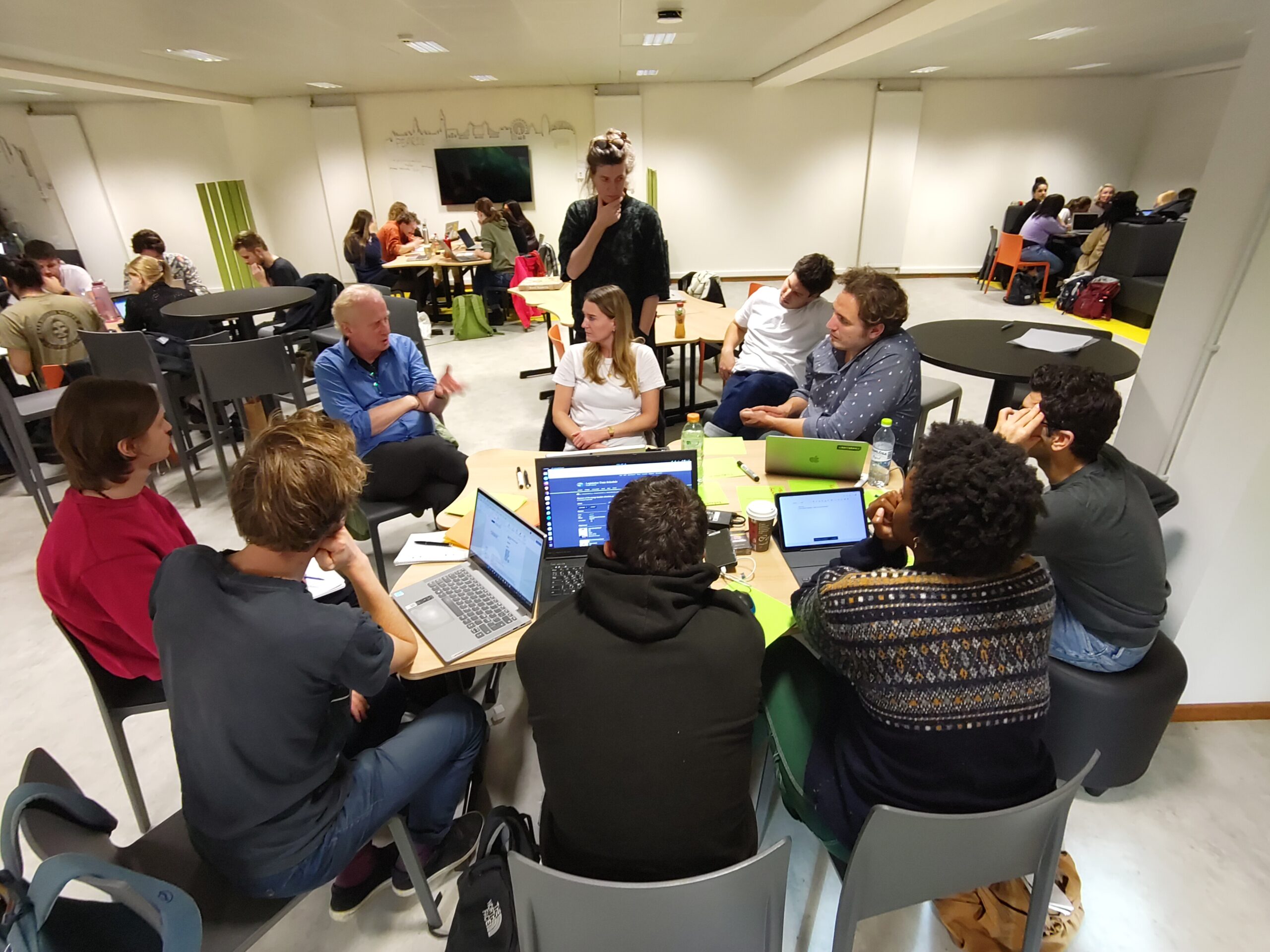
New journalism practice requires a new journalism education
Enriching journalism educations through collaboration between universities
The Crossborder Journalism Campus 2022-2024 offered two cohorts of students from three participating journalism educations to meet in Brussels to get to know each other, discuss and draft work plans for a journalistic investigation along the lines of the newest practices of cross-border collaborative journalism. After the in-person work days, students collaborated remotely under the guidance of senior journalism lecturers and ultimately published their articles in national media – while also passing their exams and graduating along the regulations of their respective universities.
Read more about the Crossborder Journalism Campus project in this Erasmus+ announcement.
The experiences from the Crossborder Journalism Campus project are collected in a descriptive guidebook. Further, teaching materials, literature lists, exercises and teaching instructions are made available.
General
Crossborder Journalism Campus guidebook
Recommended reading list for students
Preparation phase for students
Before the in-person meeting – template programme
Package intercultural and team communication
Lecture cross-border journalism work process
In-person meeting and work phase for students
The in-person meeting – template programme
Lecture how to prepare a cross-border work plan
Templates for cross-border work plans
Lecture on generating and selecting ideas for a cross-border story
Internal guideline on editorial coordination
Team agreement template
Folder structure template